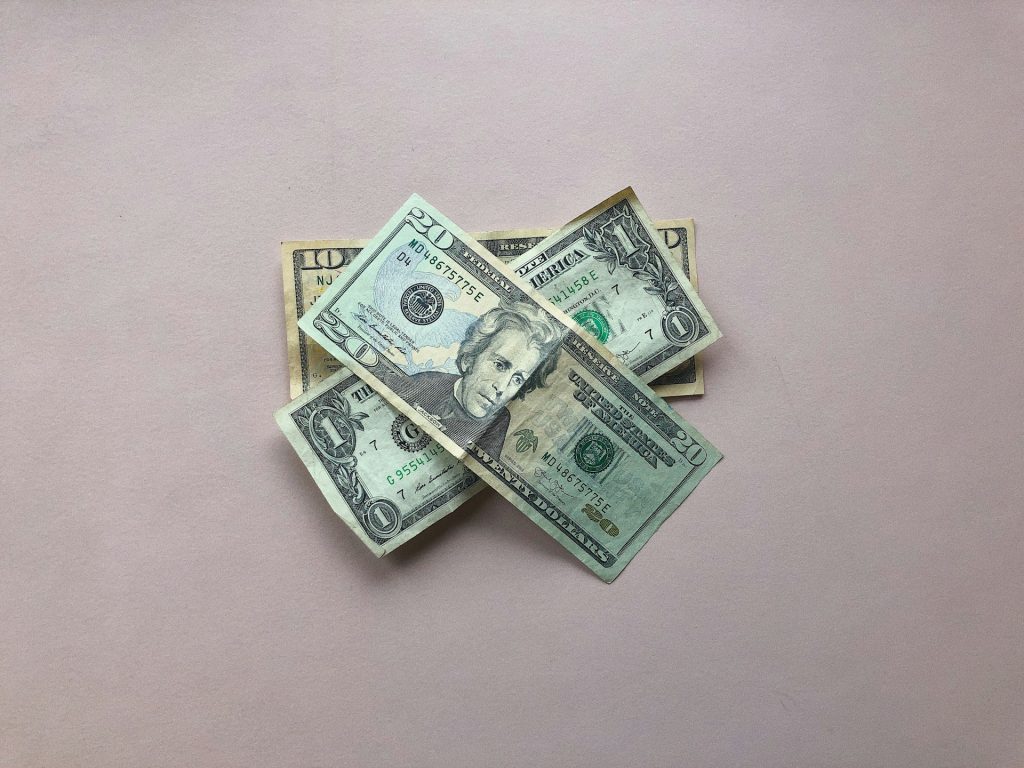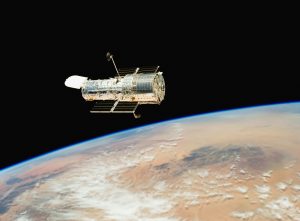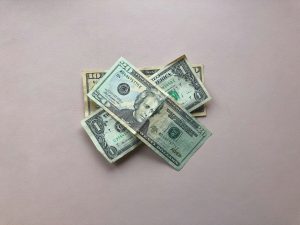U.S. Core Inflation Hits Lowest Level in Four Years

Consumer price inflation (CPI) in the United States dropped more than expected in March 2025, with core inflation falling to its lowest level in four years. The report from the Bureau of Labor Statistics, released on Thursday, April 10, 2025, comes as President Donald Trump prepares to implement new tariffs on U.S. trade partners.
The CPI, a broad measure of the cost of goods and services across the U.S. economy, decreased by 0.1% in March on a seasonally adjusted basis. This brought the 12-month inflation rate down to 2.4%, compared to 2.8% in February.
Excluding food and energy prices, the so-called core inflation rose just 0.1% in March, resulting in a 2.8% annual rate—the lowest since March 2021.
A significant decline in energy prices helped to ease overall inflation pressures. Gasoline prices dropped by 6.3%, contributing to a 2.4% decline in the broader energy index. In contrast, food prices increased by 0.4% for the month. Egg prices saw a particularly sharp rise, jumping 5.9% in March and soaring 60.4% compared to a year ago.
Housing costs, which have been one of the most persistent drivers of inflation, rose only 0.2% in March and are up 4% over the past 12 months. This marks the smallest annual increase in shelter costs since November 2021.
The price of used cars declined by 0.7%, while new vehicle prices edged up just 0.1%, ahead of anticipated tariffs expected to impact the automotive industry. Airfare fell by 5.3%, motor vehicle insurance dropped by 0.8%, and prescription drug prices declined 2%.
Following the release of the data, U.S. stock index futures pointed to a sharply lower opening on Wall Street, and Treasury yields also fell.
The inflation report came just one day after President Trump unexpectedly rolled back parts of his tariff strategy. He announced a delay on some of the most aggressive import duties initially planned against dozens of countries.
Instead, Trump confirmed a blanket 10% tariff on all imports, as announced last week, and established a 90-day window during which White House officials will attempt to negotiate increased tariff rates.
Despite these moves, the president continues to press the Federal Reserve to cut interest rates.
However, central bank officials have expressed hesitation, citing ongoing uncertainty around trade policy. Market indicators currently suggest that the Fed is likely to wait until June 2025 before making another rate cut.
While the nature of the proposed tariffs initially led many economists to forecast a sharp rise in inflation, the recent shift in Trump’s approach has introduced new uncertainty and opened the door for negotiations that may prevent such a spike.





